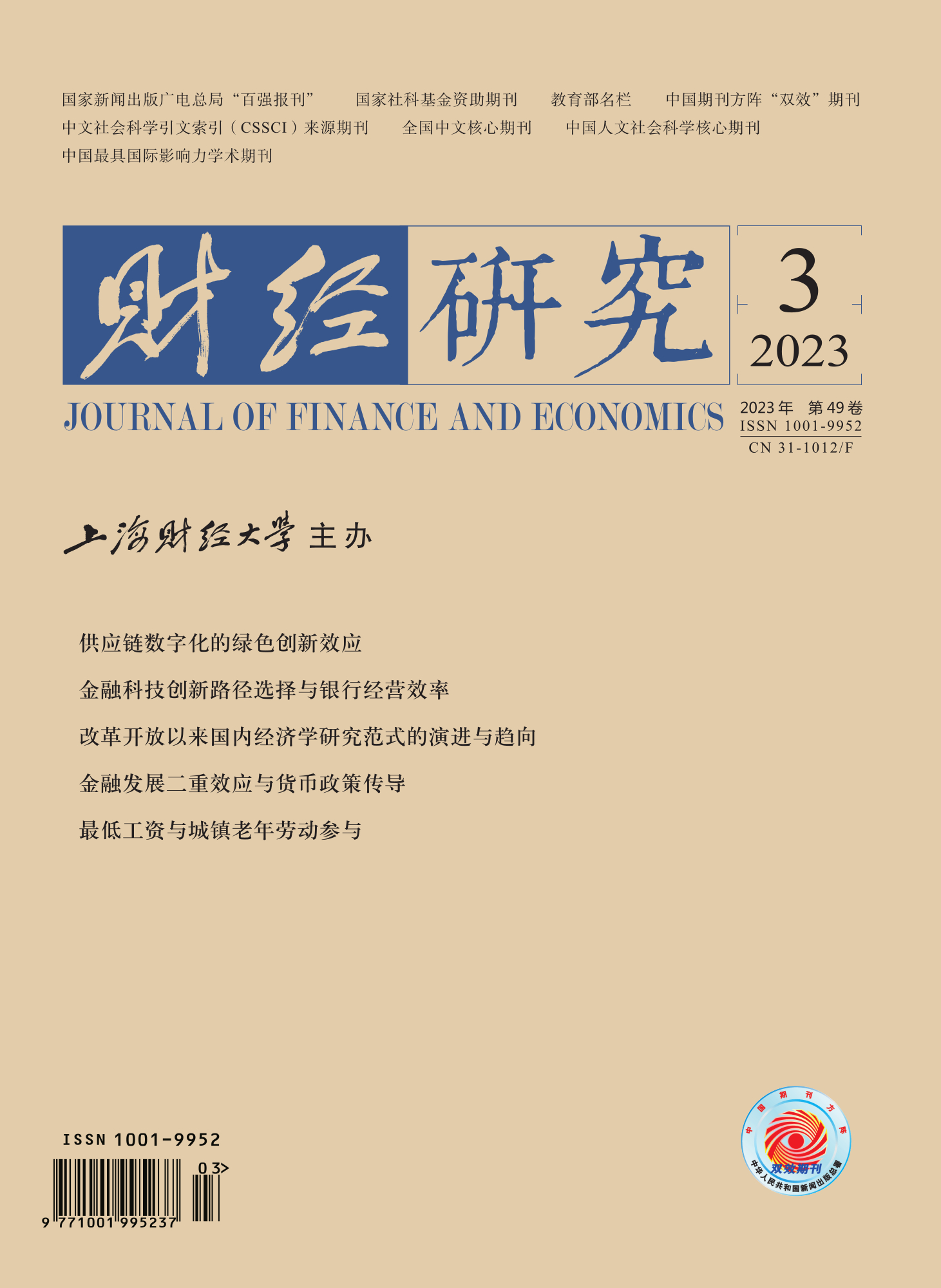It is an important strategic task for China at this stage to complete the interest rate transmission mechanism of monetary policy and enhance macroeconomic regulation to promote high-quality economic development. Theoretically, the financial structure and the related financial friction degree are fundamental elements of financial development, and also an important “intermediary” of monetary policy transmission. As the Chinese financial development initiated from a planned-economy institution, financial development is not only induced by the need to reduce financial frictions, but also subject to the non-market force of expansion caused by original institutional features. The two incentive structures determine the dual effects of financial development in the Chinese transitional period: One is the marketization effect that improves financial functions; the other is the scale effect that expands the size of financial market without enhancing financial functions. Hence, this paper aims to study the impact of the dual effects of financial development on the transmission mechanism and effect of monetary policy.
This paper proposes a new perspective on the dual effects of Chinese financial development in the transitional period, and accordingly expands the traditional financial development indicator by adding new features of Chinese digital finance development. By constructing a theoretical model, this paper attempts to open the “black box” of the impact mechanism of the duality of financial development on the differentiation of monetary policy, puts forward three non-competitive propositions, and conducts an empirical test on them. The result shows that: First, financial development enhances the monetary policy effect mainly through the marketization effect of financial development. Second, from the perspective of transmission mechanism, the marketization effect of financial development consolidates the interest rate channel and weakens the credit channel, while the scale effect is opposite. Third, under the condition of the systematic heterogeneity of firm mortgage capacity, the marketization and scale effects of financial development will also produce the disequilibrium effect of financial resource allocation through interest rate channels and credit channels respectively. Fourth, the relative role of different transmission channels of monetary policy is endogenous in the stage, structure and function of financial development, and this relative role will be amplified by the systematic heterogeneity of the real economy.
This paper draws policy implications on how to improve the mechanism of monetary policy transmission in the new era and enhance the ability of monetary policy regulation while preventing new resource allocation distortion caused by policy shocks.





 4652
4652  5057
5057

